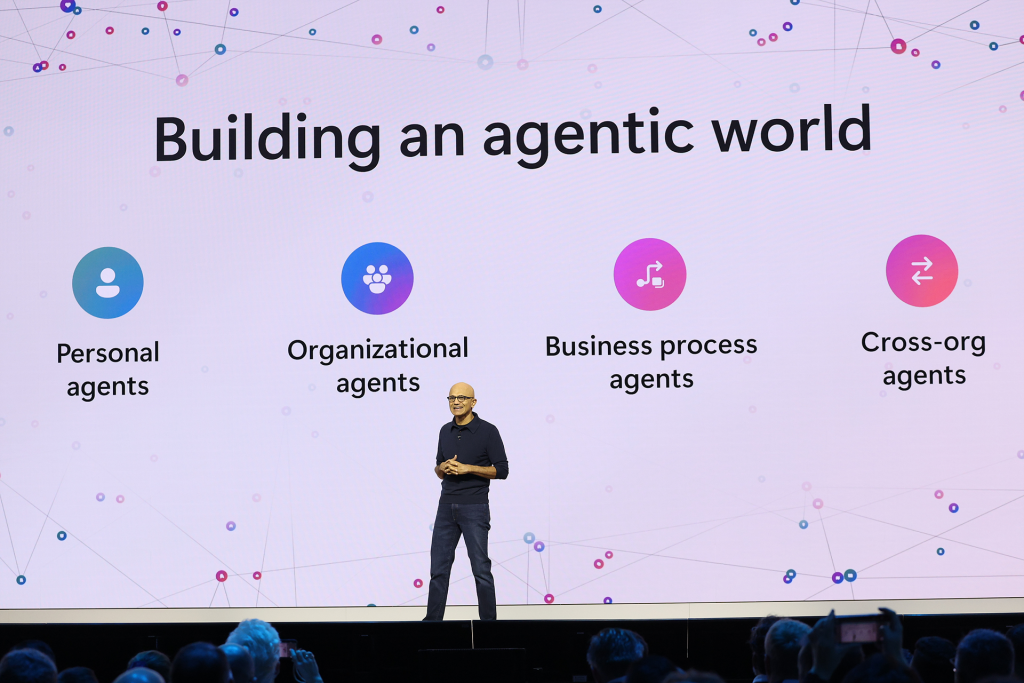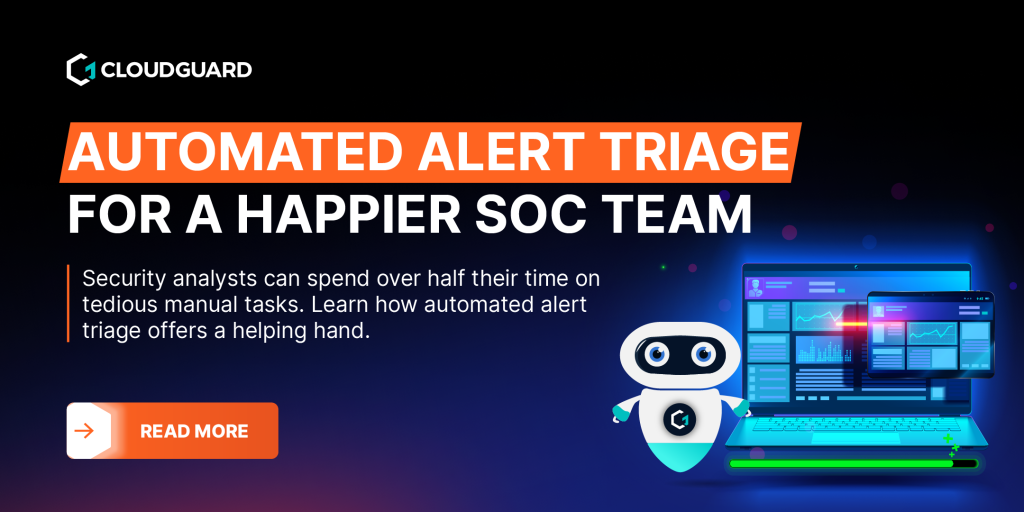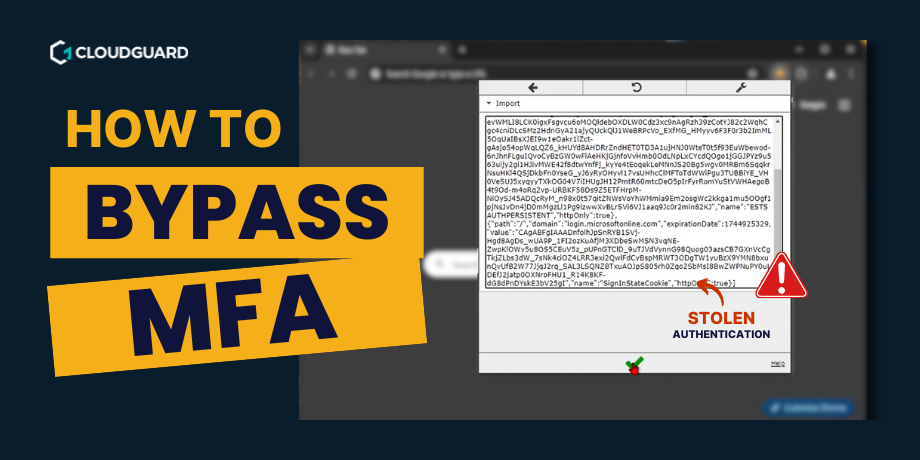Analyst burnout and alert fatigue
The way security incidents are handled makes a big difference to the well-being and productivity of a Security Operations Centre (SOC).
It’s reported that 71% of security analysts face some type of burnout yet they are integral to cybersecurity operations as they help businesses detect and respond to cyberthreats. This helps businesses avoid devastating consequences such as financial loss and reputational damage.
One of the most pressing issues facing SOC analysts is alert fatigue. The constant flood of security alerts, many of which turn out to be false positives, can overwhelm analysts, leading to burnout and potentially missing critical threats.
Also, manual processes in alert triage and response add more fuel to the fire by using up already limited time and resources.
We’re going to explore the impact of cybersecurity automation on SOC workflows, looking at how it streamlines tasks and addresses common challenges – like alert fatigue. You’ll learn how combining manual efforts with automation can improve efficiency in SOC operations.
What is the impact of alert fatigue?
The average SOC team receives 4,484 alerts daily, which can be repetitive or low priority. Dealing with vast amounts of alerts leads to desensitisation, causing analysts to overlook or dismiss critical ones amongst the noise.
Alert fatigue not only makes it harder for analysts to effectively identify and respond to genuine threats but also contributes to increased stress and burnout. Automation can alleviate workload by handling routine tasks, allowing analysts to focus on high-value security incidents.
Automated VS manual triage: What’s the difference?
Manual and automated triaging differ greatly in how they are carried out in SOC environments. Manual triaging involves a hands-on process where analysts manually search for information related to security incidents, often referring to various sources on the internet to gather relevant data.
This method requires analysts to rely on their expertise and judgment to make decisions based on the collected information.
Manual triaging typically consists of multiple phases:
- Enrichment – initial date about a security alert or incident is gathered.
- Initial Triage – predefined searches are conducted, providing analysts with preliminary findings.
- Analysis & Investigation – recommendations for escalation or closure based are made based on gathered data.
- Decision & Escalation phase – remediation actions are implemented such as password resets or device locking.
- Documenting phase – detailed information about the alert is recorded.
Automation simplifies triaging by taking over routine tasks traditionally done by analysts. Autonomously managing steps 1 to 3 of the manual process. Using predefined response protocols eliminates the need for ongoing analyst involvement.
Given that analysts usually spend over half their time on manual tasks, automation becomes a no-brainer for increasing productivity.
Which tasks can you automate?
Automating routines and repetitive tasks can increase efficiency for SOC analysts, freeing up valuable time for more strategic activities. Tasks like planning and tracking work items can be complex when done manually, involving many interconnected steps.
Automation simplifies these processes by integrating them and ensuring actions flow effortlessly in both directions.
For example, when creating new automated incident submissions, the corresponding updates need to be tracked across various teams and software to ensure smooth communication and progress updates. These tracking routines occur automatically after an update, maintaining order and coherence across various components.
This type of automation minimises the need for repetitive manual tasks, such as updating multiple items in different areas, reducing the risk of errors and improving overall productivity of the SOC.
With routine tasks automated, analysts can dedicate themselves to more business-critical tasks, such as analysing issues, defining escalation criteria, and submitting automation proposals.
Automation ensures that updates are quickly implemented allowing analysts to focus on driving innovation and taking on more complex challenges.
What are the challenges of automating triage?
Automated triaging and response play a big role in reducing alert fatigue within SOC teams by efficiently handling routine incidents. Relying solely on automation may pose certain challenges, especially when dealing with complex security incidents.
Automation is great at processing straightforward incidents with predefined response protocols, yet it may encounter difficulties with incidents requiring human judgment or contextual understanding.
For example, in noisy environments where various events occur at once, automation might struggle to detect critical incidents from the background noise. Also, certain incidents can require analysis or investigation beyond the capabilities of automated systems.
In such cases, relying solely on automated triage could lead to overlooked or mishandled incidents, potentially exposing your organisation to greater risks.
Final thoughts
Automation lessens alert fatigue and frees up analysts for strategic activities by handling repetitive tasks. The differences between manual and automated triaging shows automation’s scalability and reliability in managing security incidents.
We believe it’s important for businesses to find the right balance between automation and manual intervention. Automation improves SOC efficiency and reduces workload, but human oversight is essential, especially for complex security incidents requiring critical thinking and contextual understanding.
This balance ensures improved incident management and optimal utilisation of resources in SOCs.
CloudGuard
If you’re concerned about how open your business is to potential cyber attacks, the key thing is to understand the areas in which you’re currently vulnerable. One of the quickest and most effective ways to do this is by undergoing a comprehensive security assessment.












